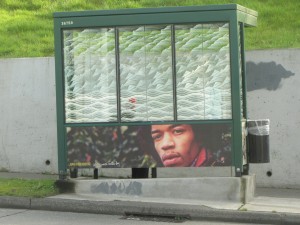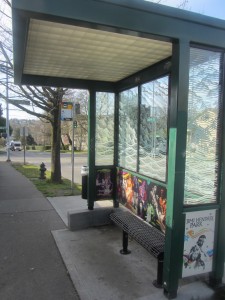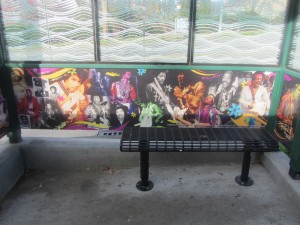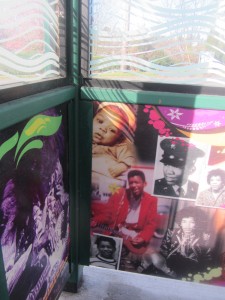As of last week, it’s been twelve years since I gave up my car. A lot has changed since my 11-year “anniversary.” For one thing, we have another kid.
Seriously.
Our foster son (Heaviest Baby Ever, or HBE, for the purposes of this blog) is 21 months old, adorable, brilliant, and completely insane. (It is no coincidence that I posted my last entry mere days before he joined our family.) HBE has been with us since he was 16-months old, already well into the squirmy, irrational toddler phase. (On the plus side, I got to skip the busing while pregnant part this time.)
All of us have spent the last four months adjusting to this change and bonding with our delightful—and exhausting—new addition. The grown-ups in our household have also spent it figuring out how to manage busing with three babies.
As you might imagine, I have some STORIES TO TELL—about double the drop-offs, the return to traveling with a toddler, and adjusting to having more children than hands—but I’ll save those for future posts. Today, I’m not particularly interested in sharing the details of my personal experience. Or, perhaps I mean to say, my family’s personal experience isn’t really the point.
Over these twelve years, I’ve come to understand that the fact that we’ve managed to make this car-free life work, despite all the children, route “restructuring,” and sketchy stop removals is not reflective of what is possible for most people. It is reflective of some level of determination and stubbornness on our part—and also of a fair amount of privilege.
What’s on my mind almost all the time (and certainly every time I sit down to write something about transit)? The many people who aren’t managing.
Instead of focusing on the tradeoffs and compromises we were willing to make in order to live near transit and other amenities, I want talk about the fact that most working people can’t afford to live in Seattle at all, with or without tradeoffs.
The cost of housing in Seattle has been a problem for decades. At this point, it has reached the level of crisis. It is the most important issue our city faces, and there is shamefully little being done about it. We can talk all we want about urban villages and walkability and live/work communities, but if only rich people can live these utopias we’re building, we haven’t solved any problems. If anything, we’ve made problems worse, pushing people who can’t afford cars to distant suburbs that require them and moving rich people, many of whom will still choose to own cars (even if we ever manage to provide adequate transit service), into a crowded city that is better off without them.
Rather than regale you with stories of the dozens (hundreds?) of times I walked from one end of Yesler to the other (it’s 32 hilly blocks, in case you were wondering) because the 27 doesn’t run during the day anymore (!!!), I’d rather talk about the reliability and availability of transit in this region. The pathetic frequency of many routes, combined with the fact that buses are stuck in the same traffic mess as cars (but unlike cars, don’t have the option of rerouting to get around it), means that buses simply can’t be relied upon to get folks to their jobs, childcare pickups, and medical appointments on time. The way I have coped is by always leaving early, scheduling appointments at times when buses are more likely to be reliable, and living close to everything I really need to do every day. These are not luxuries everyone has.
Looking at reliability in a broader sense: Transit service in King County has been in jeopardy for years. Riders live with the constant threat of cuts, never knowing if the bus they rely on will be eliminated or reduced. In September, KC Metro cut almost 200,000 of hours of service (my beloved 27 included), and riders were left to figure out how to carry on their lives. In the meantime, the agency continues to raise fares to compensate for lost revenue (props for ORCA LIFT, though), and there is still no statewide (or, for that matter, countywide) transit funding solution on the horizon.
One of the purposes of this blog has always been to, as I said, back in 2009, “present a way of life.” I hoped that it would encourage people to think differently and give them a window into a way of doing things they perhaps hadn’t considered. But these days, encouraging people to depend on transit seems naïve, even irresponsible.
Right now, the region’s got all it can handle trying to make things better for those who already do.






